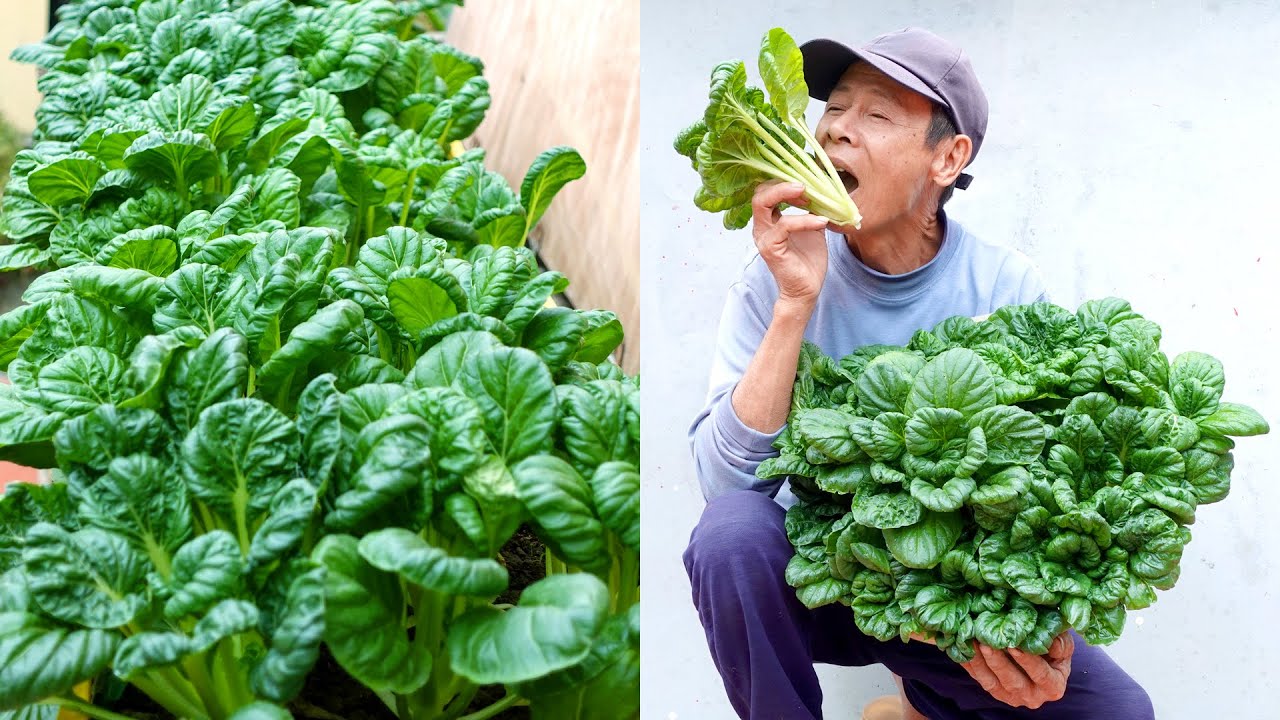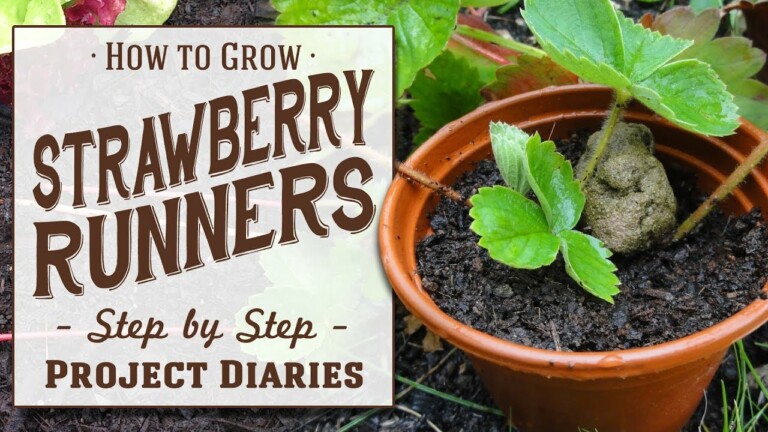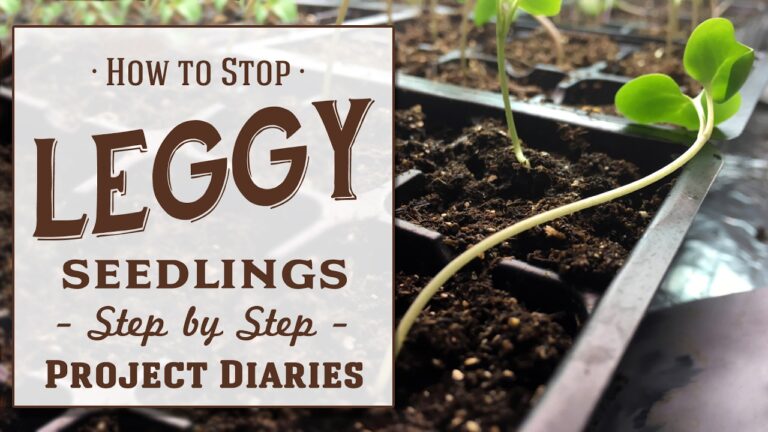★ How to Grow Borage from Seed (Complete Step by Step Guide)
Are you eager to learn how to grow borage from seed? If so, you have come to the right place! In this complete step-by-step guide, we will walk you through the process of successfully growing borage in your own garden. From choosing the right seeds to providing optimal growing conditions, we will equip you with all the knowledge and tips you need to ensure a flourishing borage plant. So, grab your gardening hat and let’s get started on this exciting journey towards growing your very own borage!
How to Grow Borage from Seed (Complete Step by Step Guide)
Introduction
Have you ever thought about growing your own herbs at home? If so, then borage should be on your list! Borage, also known as starflower, is not only a beautiful addition to your garden but also holds numerous health benefits. In this complete step-by-step guide, we will walk you through how to grow borage from seed, ensuring a successful and rewarding experience.
Planting Borage Seeds
To start your borage journey, you need to acquire some seeds. Borage seeds can be easily found at local garden centers or purchased online. Once you have your seeds, follow these steps to plant them:
-
Selecting a Location: Borage thrives in full sun but can also tolerate partial shade. Choose a well-drained area in your garden that receives ample sunlight.
-
Preparing the Soil: Borage prefers fertile soil with a pH between 6.0 and 7.5. If your soil is lacking in nutrients, enrich it with compost or organic matter before planting.
-
Sowing the Seeds: Sow the borage seeds directly into the soil, about 1/4 inch deep. Space the seeds 12 to 18 inches apart to allow enough room for the plants to grow. Water the soil gently after sowing.
-
Germination and Growth: Borage seeds usually germinate within 7 to 14 days. Once the seedlings emerge, thin them to a spacing of 18 to 24 inches. This will ensure adequate airflow and prevent overcrowding.
Transplanting Seedlings and Year-Round Care
Once your borage seedlings have reached a height of about 4 inches, it’s time to transplant them. Follow these steps for successful transplantation and year-round care:
-
Choosing the Right Time: Transplant your borage seedlings when they have at least two sets of true leaves, usually after 4 to 6 weeks of germination. Pick a cool and cloudy day for transplanting to minimize stress on the young plants.
-
Preparing the New Location: Dig holes in your garden bed that are slightly larger than the root ball of each seedling. Space the holes 18 to 24 inches apart to allow ample space for growth.
-
Transplanting: Gently remove each seedling from its original location, being careful not to damage the delicate roots. Place the seedling in the prepared hole, ensuring that the base of the stem sits at ground level. Fill the hole with soil, gently firming it around the seedling.
-
Watering: After transplanting, water the seedlings thoroughly to help them establish their root systems. Borage plants require regular watering, especially during dry spells. Ensure the soil is consistently moist, but not waterlogged.
-
Year-Round Care: Borage is a low-maintenance plant, but there are a few things to keep in mind. Regularly remove any weeds that may compete with borage for nutrients. Mulching around the plants can help retain soil moisture and suppress weed growth. Additionally, consider pinching back the tips of the plants to encourage bushier growth.
The Health Benefits of Borage
Apart from being a stunning addition to your garden, borage also offers various health benefits. Its leaves, flowers, and seeds are all edible and packed with nutrients. Some of the health benefits of borage include:
-
Anti-Inflammatory Properties: Borage contains gamma-linolenic acid (GLA), a fatty acid that has anti-inflammatory effects on the body.
-
Rich in Antioxidants: Borage is a great source of antioxidants, which help protect your cells against damage caused by harmful free radicals.
-
Respiratory Support: Borage has long been used in traditional medicine to support respiratory health. It can help alleviate symptoms of certain respiratory conditions.
-
Skin Health: The oil extracted from borage seeds is commonly used in skincare products due to its moisturizing and soothing properties.
Conclusion
Growing borage from seed is a rewarding experience that allows you to enjoy the beauty and health benefits of this remarkable herb. By following the step-by-step guide provided in this article, you can successfully cultivate borage in your own garden. So why not give it a try and embark on your borage-growing journey today?
FAQs After The Conclusion
-
Can I grow borage in containers?
Yes, borage can be grown in containers as long as the container is large enough and provides proper drainage. -
How often should I water my borage plants?
Borage plants require regular watering to keep the soil consistently moist. Water deeply once or twice a week, especially during dry spells. -
Can I eat the flowers of borage?
Yes, borage flowers are not only edible but also make a beautiful addition to salads or used as a garnish. -
Should I deadhead borage plants?
Deadheading borage plants, or removing spent flowers, can encourage continuous blooming throughout the season. -
How long does it take for borage to flower?
Borage usually starts flowering about 8 to 10 weeks after sowing the seeds.




